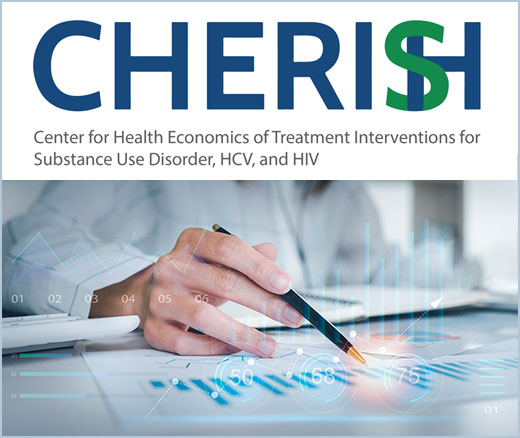
New Model Predicts Stimulant Overdose Risk Among Medicaid Patients
LDI Fellows Used Medicaid Data to Identify Individuals at Highest Risk for Cocaine- and Methamphetamine-Related Overdoses, Paving the Way for Targeted Prevention
Substance Use Disorder
Blog Post

More older people are being diagnosed with opioid use disorder (OUD) even as the treatment system often fails to help them.
That’s the view of two LDI Senior Fellows who see these patients turning up in increasing numbers across the health system. Opioid overdose deaths for those 55 and older soared 10-fold from 1999 to 2019, rising from 0.9 to 10.7 per 100,000 population, federal records show.
Clinicians also see a rise in opioid-related acute care visits and overdose deaths among the elderly. “There’s a signal across all these domains,” said Margaret Lowenstein, an addiction medicine specialist at the University of Pennsylvania who collaborated with Penn Nursing addiction researcher Shoshana V. Aronowitz to call for more resources and better coordination for older adults with addiction. Also listed as authors are Penn Addiction Medicine specialist and LDI senior fellow Jeanmarie Perrone as well as Ashley Z. Ritter, assistant professor at the Hunter-Bellevue School of Nursing.
There are many reasons for this surge. Society is aging, and so is the population with OUD. Many Baby Boomers suffer with painful medical problems and other conditions that can contribute to addiction.
The ranks of the elderly are also growing in prisons and among the homeless, two groups where addiction is common.
Many of these patients don’t receive good pain management because our system has failed to replace the opioid model with something else, Aronowitz said. “We do see people across the age spectrum seeking pain care not from clinicians but from the street and they often have a negative outcome. Weneed to replace the lost pain management system with a new one.”
Older people of OUD are less likely to be diagnosed and treated for their addiction. And then our care models fail to do a good job caring for their complex medical needs or challenges like cognitive decline. These older adults who land in skilled nursing facilities and nursing homes often don’t get addiction care and “have no ability to go anywhere to seek treatment,” Aronowitz said. “That is a really big problem. And even for those not in an institution, treatment is hard to access.”
Existing harm reduction strategies are largely focused on interventions like syringe exchanges for people who inject drugs. But older adults are less likely to inject, Lowenstein noted. “There’s a mismatch where the services are delivered and where older adults are getting care.”
Another perennial problem is payment. Our system is not great at reimbursing comprehensive integrated service for those with OUD at any age, the authors note.
Here are 10 policy recommendations the authors say would improve substance use care for older adults.
Add substance use screening to regular geriatric assessments and wellness visits.
Strengthen addiction treatment services in both hospitals and post-acute care facilities like nursing homes and rehab centers.
Require Medicare to cover all evidence-based treatment options, across all levels of care.
Make methadone easier to access for everyone—including older adults—and simplify how it’s administered in nursing facilities.
Provide funding and insurance reimbursement for all proven treatments and integrated care models.
Support models that offer care outside traditional settings, including telehealth.
Ensure insurance reimburses services that help address social needs among older adults, such as housing or transportation.
Provide in-person or telehealth support for medication-based addiction treatment in skilled nursing facilities (SNFs).
Enforce laws that prohibit discrimination in skilled nursing facilities and other settings that bar people receiving substance use treatment.
Include harm reduction services in existing programs that serve older adults. Develop harm reduction strategies and peer support programs tailored specifically to older adults.
The article, Opportunities to Innovate Health Policy and Practice to Improve Opioid Use Disorder Care for Older Adults Across the Care Continuum was published in Innovation in Aging, Volume 9, Issue 6, 2025, on May 6, 2025. Authors include Margaret Lowenstein, Jeanmarie Perrone, Ashley Z. Ritter, and Shoshana V. Aronowitz.


LDI Fellows Used Medicaid Data to Identify Individuals at Highest Risk for Cocaine- and Methamphetamine-Related Overdoses, Paving the Way for Targeted Prevention

Penn and Four Other Partners Focus on the Health Economics of Substance Use Disorder

Penn Medicine’s New Summer Intern Program Immersed Teens in Street Outreach Techniques

More Flexible Methadone Take-Home Policy Improved Patient Autonomy
Research Brief: LDI Fellow Recommends Ways to Increase Availability

Testimony: Delivered to Philadelphia City Council